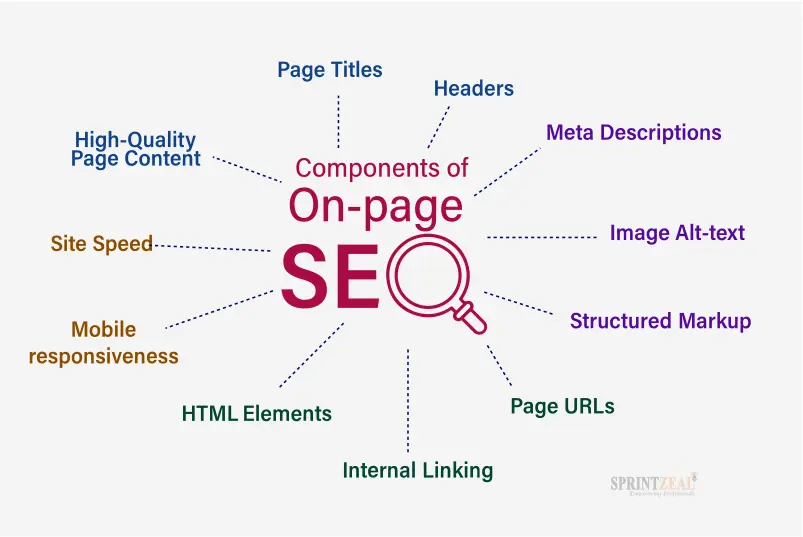In the world of SEO, long-tail keywords are a powerful tool for driving targeted traffic and improving search rankings. These highly specific phrases help businesses attract qualified leads and enhance their on-page SEO. But how can you effectively optimize your website for long-tail keywords?
1. Conduct Thorough Keyword Research
Finding the right long-tail keywords is crucial. Use tools like Google Keyword Planner, Ahrefs, or SEMrush to identify phrases with low competition and high intent.
✅ Example: Instead of targeting “digital marketing,” go for “best digital marketing strategies for small businesses.”

2. Create High-Quality, Relevant Content
Long-tail keywords should fit naturally within your content. Write detailed, value-driven blog posts, landing pages, and product descriptions optimized for these keywords.
✅ Example: A blog titled “How to Improve Local SEO for Small Businesses” targets users looking for specific SEO guidance.
3. Optimize On-Page Elements
To maximize SEO benefits, include long-tail keywords in strategic locations:
- Title Tags (H1, H2, H3)
- Meta Descriptions
- URL Structures
- Image Alt Text
- Internal Links to related content (SEO Services)
✅ Example: An optimized H2: “Best Social Media Marketing Tips for Small Businesses”

4. Utilize FAQs and Schema Markup
Google loves question-based searches. Adding FAQs to your content and using schema markup helps improve visibility and increases chances of appearing in featured snippets.
✅ Example: “What are the best long-tail keywords for e-commerce?”
5. Leverage Internal Linking
Linking to related articles on your site improves SEO and keeps users engaged longer.
🔗 Check out: How to Improve On-Page SEO | Content Optimization Tips
6. Focus on User Intent & Engagement
Long-tail keywords often indicate high intent. Ensure your content provides actionable insights, uses simple language, and includes clear CTAs (Call-to-Actions).
✅ Example CTA: “Need expert SEO guidance? Contact Social Media Max today!”
Final Thoughts
Optimizing for long-tail keywords is a smart strategy to boost organic traffic, enhance user experience, and rank higher on search engines. By following these steps, you can create SEO-friendly content that attracts the right audience and improves conversions.
